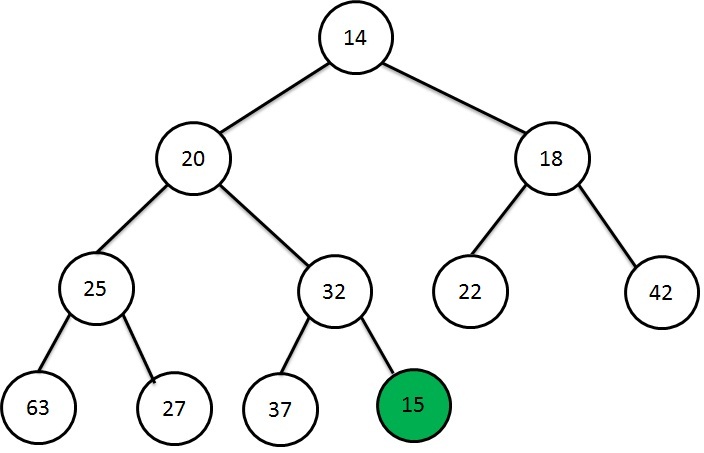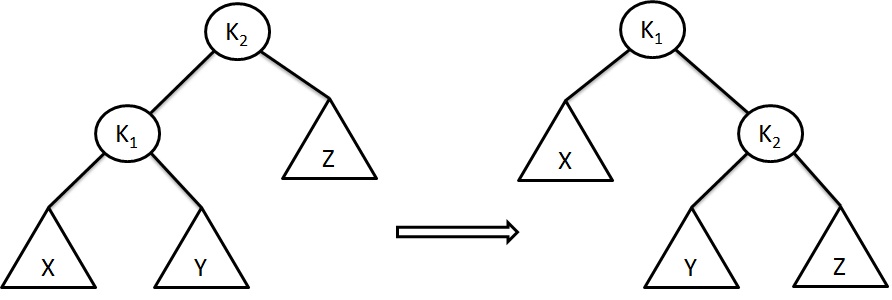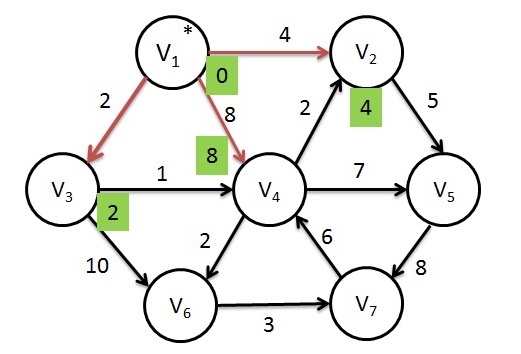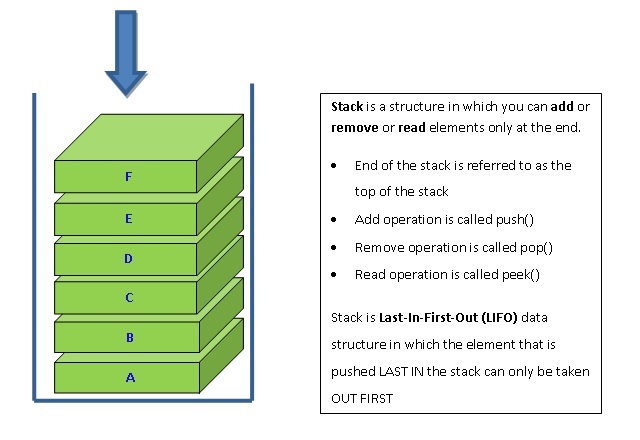Operating System - Multilevel Queue Scheduling
Multilevel Queue Scheduling algorithm divides the ready queue into several separate queues.
In Multilevel Queue Scheduling, Each queue has a priority level.
Based on some properties like memory size and process type or process priority, the processes are permanently assigned to one queue.
Each queue can use its own scheduling algorithm.
Let us consider an example of multilevel queue scheduling algorithm with five queues. Priorities are assigned with each queue, listed below:
- System processes
- Interactive processes
- Interactive editing processes
- Batch processes
- Student processes
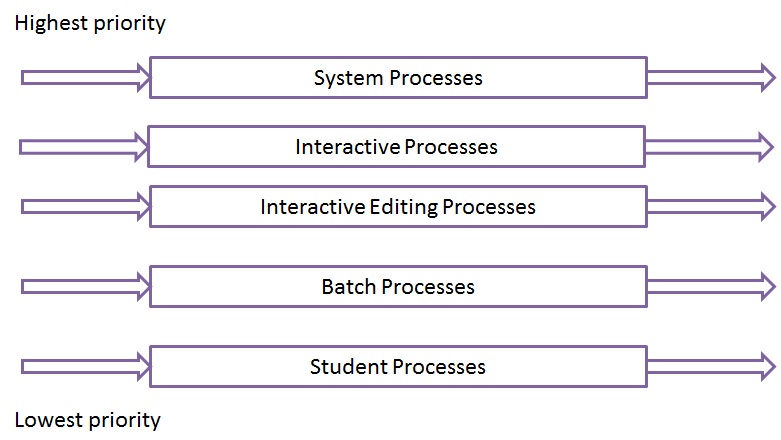
Only when there are no processes on the higher priority queue, processes on the low priority queues will run. Example: Once processes on the system queue, Interactive queue and Interactive editing queue become empty, only then the processes on batch queue will run.







